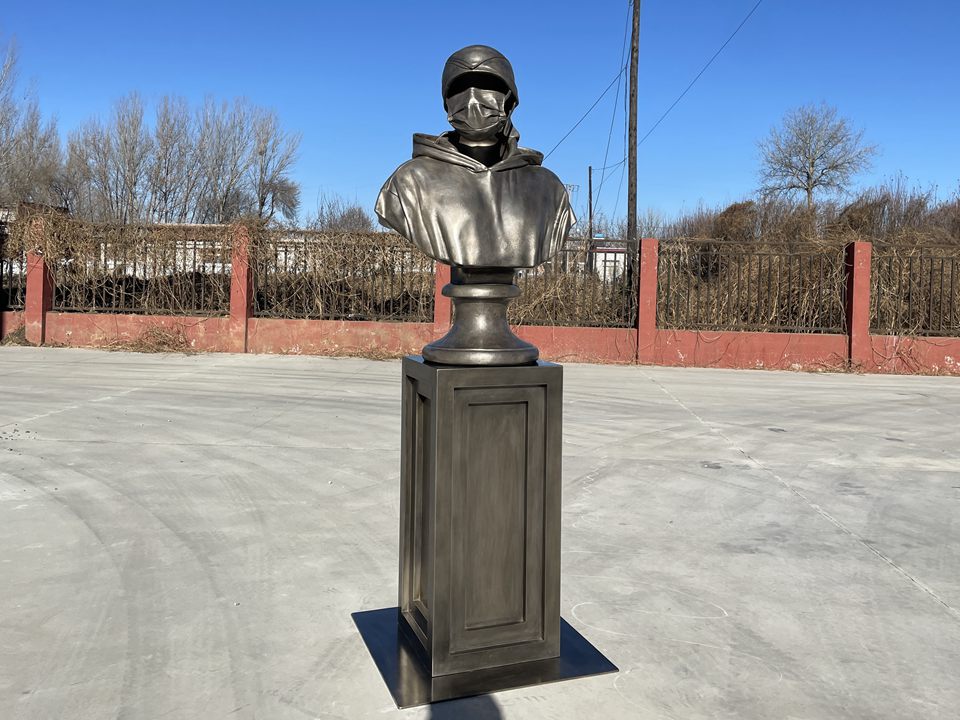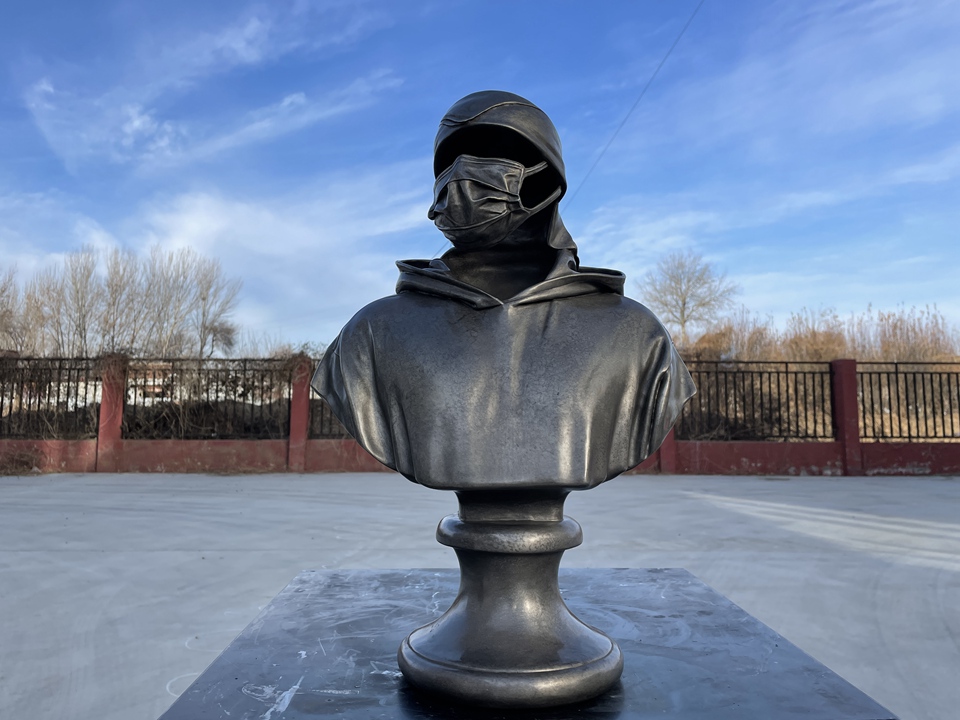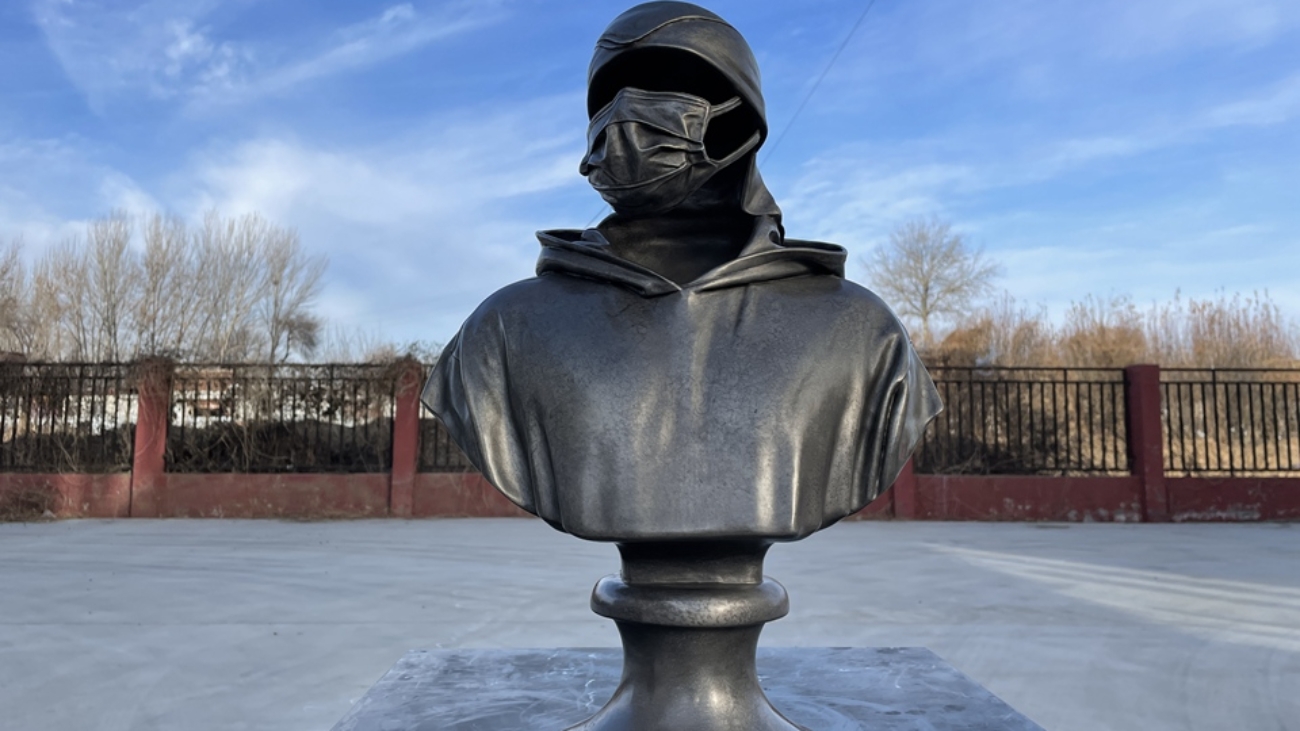Art Deco bronze sculpture, which changed the way ornamental arts were done in the 20th century, is popular because it combines intricate details with precise geometry. These items, which mix handcrafted elegance with materials from the industrial period, are nonetheless seen as signs of innovation in a world full of short-lived trends. Art Deco bronze sculpture gives us a glimpse into a time when creativity and technology coexisted. It’s perfect for collectors and interior designers who want to add a touch of retro glamour to their homes. This article looks at the unique features, historical significance, and current appeal of these famous works of art. It explains why they are still popular in both modern galleries and homes.

The Beginning of a Movement: How Art Deco Changed Bronze Sculpture
Art Deco, which started in the 1920s, didn’t like the organic curves of Art Nouveau. Instead, it used bold, streamlined shapes that were inspired by ancient civilizations, cars, and planes. Bronze was a popular material for sculptors who were trying out this new technique since it was strong and could capture small details. To make sculptures that sparkled with a futuristic shine, artists like Demétre Chiparus and Claire Colinet came up with ways to blend sculpted metalwork with materials like ivory and onyx.
Art Deco bronze sculpture is unique because it acknowledges both technological progress and human skill. The choice of bronze implied that the piece would last a long time, and the practice of lost-wax casting, which has been around for thousands of years, made it possible to make complex designs. The rich people of the Jazz Age liked to decorate their homes with sculptures that showed how much they loved speed, luxury, and getting along with people from all cultures. These works were perfect for them since they were both traditional and modern at the same time.
Some things that make Art Deco bronze sculptures unique
There are a lot of things that set Art Deco bronze sculptures apart from other styles. First, the movement’s emphasis on symmetry and order is shown in its geometric compositions, which often have stepped patterns, zigzags, and sunburst shapes. For example, a sculpture of a lady can have exaggerated hair and extended limbs instead of actual proportions. This makes it look like the figure is moving yet has been frozen in time.
Second, contrast is used on purpose. When you polish bronze, it reflects light, but when you use a matte finish or patina, it adds depth. A lot of sculptures use a mix of materials, such as metallic accents or glass eyes, to make them look more interesting. A dancer from the 1930s might have a bronze body and a jade skirt that was sculpted. The colors would be earthy, and the metal would shine.
Finally, Art Deco bronze sculptures often look at topics from modern life, such as nightlife, exoticism, sports, and transportation. These paintings turned ordinary scenes into eternal icons by abstracting them, which is different from past portraiture that focused on realism.
Things to Look for When Buying Art Deco Bronze Sculpture
It’s crucial for new collectors to pay great attention to the details so they can tell the difference between real Art Deco bronze sculptures and later replicas. Some unsigned works by less well-known artists are just as valuable, but original works from the 1920s to 1940s often feature foundry marks or artist autographs. Condition is the most crucial thing. Too much wear or repairs might lower value, yet differences in patina can show how old something is.
The origin is equally essential. Sculptures that have been shown in exhibitions or published, or that were once owned by famous people or seen in historic places, sell for more. Prices that are still reasonable are still possible, though, because smaller figurines or decorative items like lamps or bookends make it easier for people to get into the market.
When showing off an Art Deco bronze sculpture, the setting is quite crucial. These pieces look best in simple settings that highlight their shapes, but they also look fantastic with bright fabrics or furniture from the mid-20th century. Directional spotlights may bring out textures and make interesting shadows, which can make a still item look like a moving focal point. It’s crucial to have light.
Why Art Deco Bronze Sculpture Is Still Important Today
The Art Deco bronze sculpture shows how important it is to make things by hand in a period when everything is made in large quantities. The themes of accepting progress in technology, recognizing human achievement, and bringing together different cultures are just as important now as they were a hundred years ago. Also, because bronze lasts so long, these items can be passed down from generation to generation as heirlooms that recount the stories of their owners and makers.
Art Deco’s use of black, gold, and silver, as well as its concentration on clean lines and luxurious finishes, still has an effect on designers today. Even if a modern bronze sculpture changes classic elements, such as replacing a flapper’s feathered hat with a sleek helmet, the spirit of Art Deco is still very much there.

Art Deco Bronze Sculpture: A Beautiful and Innovative Legacy
Art Deco bronze sculpture never fails to amaze people. For example, the sleek shelves in urban lofts and the fancy lobbies of ancient hotels. It is more than just decoration; it may bring together the past and the present, tradition and innovation. It shows that you have good taste and are aware of other cultures. No matter how much you know about collecting or the style, buying an Art Deco bronze sculpture is a classic way to celebrate art.
In a world where styles fluctuate, the enduring attraction of Art Deco bronze sculpture comes from how well it combines form and function, history and contemporary. These pieces of art will always be seen as design icons as long as there are places that want a touch of elegance. Art Deco bronze sculpture is a mix of modernist boldness and classic beauty.
Art Deco bronze sculpture, which changed the way ornamental arts were done in the 20th century, is popular because it combines intricate details with precise geometry. These items, which mix handcrafted elegance with materials from the industrial period, are nonetheless seen as signs of innovation in a world full of short-lived trends. Art Deco bronze sculpture gives us a glimpse into a time when creativity and technology coexisted. It’s perfect for collectors and interior designers who want to add a touch of retro glamour to their homes. This article looks at the unique features, historical significance, and current appeal of these famous works of art. It explains why they are still popular in both modern galleries and homes.
The Beginning of a Movement: How Art Deco Changed Bronze Sculpture
Art Deco, which started in the 1920s, didn’t like the organic curves of Art Nouveau. Instead, it used bold, streamlined shapes that were inspired by ancient civilizations, cars, and planes. Bronze was a popular material for sculptors who were trying out this new technique since it was strong and could capture small details. To make sculptures that sparkled with a futuristic shine, artists like Demétre Chiparus and Claire Colinet came up with ways to blend sculpted metalwork with materials like ivory and onyx.
Art Deco bronze sculpture is unique because it acknowledges both technological progress and human skill. The choice of bronze implied that the piece would last a long time, and the practice of lost-wax casting, which has been around for thousands of years, made it possible to make complex designs. The rich people of the Jazz Age liked to decorate their homes with sculptures that showed how much they loved speed, luxury, and getting along with people from all cultures. These works were perfect for them since they were both traditional and modern at the same time.
Some things that make Art Deco bronze sculptures unique
There are a lot of things that set Art Deco bronze sculptures apart from other styles. First, the movement’s emphasis on symmetry and order is shown in its geometric compositions, which often have stepped patterns, zigzags, and sunburst shapes. For example, a sculpture of a lady can have exaggerated hair and extended limbs instead of actual proportions. This makes it look like the figure is moving yet has been frozen in time.
Second, contrast is used on purpose. When you polish bronze, it reflects light, but when you use a matte finish or patina, it adds depth. A lot of sculptures use a mix of materials, such as metallic accents or glass eyes, to make them look more interesting. A dancer from the 1930s might have a bronze body and a jade skirt that was sculpted. The colors would be earthy, and the metal would shine.
Finally, Art Deco bronze sculptures often look at topics from modern life, such as nightlife, exoticism, sports, and transportation. These paintings turned ordinary scenes into eternal icons by abstracting them, which is different from past portraiture that focused on realism.
Things to Look for When Buying Art Deco Bronze Sculpture
It’s crucial for new collectors to pay great attention to the details so they can tell the difference between real Art Deco bronze sculptures and later replicas. Some unsigned works by less well-known artists are just as valuable, but original works from the 1920s to 1940s often feature foundry marks or artist autographs. Condition is the most crucial thing. Too much wear or repairs might lower value, yet differences in patina can show how old something is.
The origin is equally essential. Sculptures that have been shown in exhibitions or published, or that were once owned by famous people or seen in historic places, sell for more. Prices that are still reasonable are still possible, though, because smaller figurines or decorative items like lamps or bookends make it easier for people to get into the market.
When showing off an Art Deco bronze sculpture, the setting is quite crucial. These pieces look best in simple settings that highlight their shapes, but they also look fantastic with bright fabrics or furniture from the mid-20th century. Directional spotlights may bring out textures and make interesting shadows, which can make a still item look like a moving focal point. It’s crucial to have light.
Why Art Deco Bronze Sculpture Is Still Important Today
The Art Deco bronze sculpture shows how important it is to make things by hand in a period when everything is made in large quantities. The themes of accepting progress in technology, recognizing human achievement, and bringing together different cultures are just as important now as they were a hundred years ago. Also, because bronze lasts so long, these items can be passed down from generation to generation as heirlooms that recount the stories of their owners and makers.
Art Deco’s use of black, gold, and silver, as well as its concentration on clean lines and luxurious finishes, still has an effect on designers today. Even if a modern bronze sculpture changes classic elements, such as replacing a flapper’s feathered hat with a sleek helmet, the spirit of Art Deco is still very much there.
Art Deco Bronze Sculpture: A Beautiful and Innovative Legacy
Art Deco bronze sculpture never fails to amaze people. For example, the sleek shelves in urban lofts and the fancy lobbies of ancient hotels. It is more than just decoration; it may bring together the past and the present, tradition and innovation. It shows that you have good taste and are aware of other cultures. No matter how much you know about collecting or the style, buying an Art Deco bronze sculpture is a classic way to celebrate art.
In a world where styles fluctuate, the enduring attraction of Art Deco bronze sculpture comes from how well it combines form and function, history and contemporary. These pieces of art will always be seen as design icons as long as there are places that want a touch of elegance.



Add a Comment